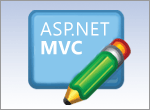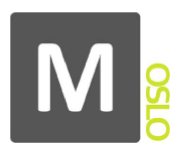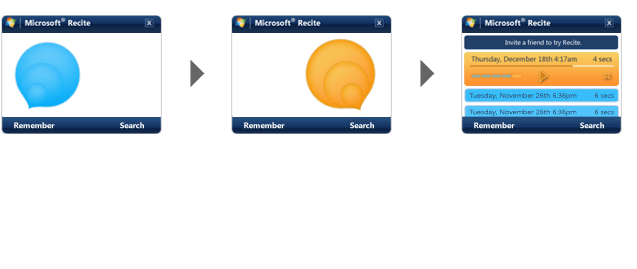Microsoft HealthVault Connection Center Beta 2
March 4, 2009 | No comments

You can use Microsoft HealthVault Connection Center to upload data to HealthVault from health and fitness devices (such as blood pressure monitors, pedometers, glucometers and many others) and the HealthVault Gadget for Windows Sidebar. HealthVault Connection Center connects your device, your computer and your HealthVault record to manage the upload process for you.
HealthVault Connection Center Beta 2 provides quick and easy upload of device data to HealthVault and helps you use the data with Web sites and applications that work with HealthVault. This most current release includes:
- A simpler, more engaging user interface
- Guided setup to find and install compatible devices
- Ability to select multiple records for upload (for multi-user devices)
- Ability to set upload preferences for each device you use
- Improved support to prevent upload of duplicate data
- First-time uploads will be much faster, and all uploads will take up significantly less space in a HealthVault record.
- You can report any failures in the installation program back to Microsoft, with error codes and detailed logs. This improvement helps us solve any problems you might encounter and improve the product for all users.
- You will be less likely to experience unexpected messages in Connection Center if you install or connect a new device when you already have other installed devices.
Download Microsoft HealthVault Connection Center Beta 2 for Windows XP

 The ASP.NET MVC RC2 release provides a new Model-View-Controller (MVC) framework on top of the existing ASP.NET 3.5 runtime. This means that developers can take advantage of the MVC design patterns to create their Web Applications which includes the ability to achieve and maintain a clear separation of concerns (the UI or view from the business and application logic and backend data), as well as facilitate test driven development (TDD). The ASP.NET MVC framework defines a specific pattern to the Web Application folder structure and provides a controller base-class to handle and process requests for “actions”. Developers can take advantage of the specific Visual Studio 2008 MVC templates within this release to create their Web applications, which includes the ability to select a specific Unit Test structure to accompany their Web Application development.
The ASP.NET MVC RC2 release provides a new Model-View-Controller (MVC) framework on top of the existing ASP.NET 3.5 runtime. This means that developers can take advantage of the MVC design patterns to create their Web Applications which includes the ability to achieve and maintain a clear separation of concerns (the UI or view from the business and application logic and backend data), as well as facilitate test driven development (TDD). The ASP.NET MVC framework defines a specific pattern to the Web Application folder structure and provides a controller base-class to handle and process requests for “actions”. Developers can take advantage of the specific Visual Studio 2008 MVC templates within this release to create their Web applications, which includes the ability to select a specific Unit Test structure to accompany their Web Application development.




 The Windows Live ID Sign-in Assistant 6.5 (Beta) installs the Windows Live ID online provider for Windows 7. By making it possible to link a Windows Live ID to a Windows 7 user account, this online provider helps enable Windows 7 applications to deliver great features like sharing documents, pictures, music, and video.
The Windows Live ID Sign-in Assistant 6.5 (Beta) installs the Windows Live ID online provider for Windows 7. By making it possible to link a Windows Live ID to a Windows 7 user account, this online provider helps enable Windows 7 applications to deliver great features like sharing documents, pictures, music, and video. Microsoft Forefront Threat Management Gateway is a comprehensive secure Web gateway that helps protect Web-using employees from threats on the Web with an enterprise-class Web proxy and anti-malware functionality. Forefront TMG helps ensure that encrypted Web sessions (SSL) are protected from threats. It also delivers simple, unified perimeter security to protect networks from attack by providing an integrated application and network-layer firewall, intrusion prevention, VPN connectivity, and management of e-mail security. It enables you to easily maximize existing information technology (IT) investments by improving network security and performance. The newly added protection technologies will help you inspect e-mail traffic for spam and malware and enforce content policy compliance in your organization. Furthermore, Forefront TMG protects the organization from zero-day-attacks, and inspects outbound HTTP and HTTPS traffic to improve Internet security for your organization.
Microsoft Forefront Threat Management Gateway is a comprehensive secure Web gateway that helps protect Web-using employees from threats on the Web with an enterprise-class Web proxy and anti-malware functionality. Forefront TMG helps ensure that encrypted Web sessions (SSL) are protected from threats. It also delivers simple, unified perimeter security to protect networks from attack by providing an integrated application and network-layer firewall, intrusion prevention, VPN connectivity, and management of e-mail security. It enables you to easily maximize existing information technology (IT) investments by improving network security and performance. The newly added protection technologies will help you inspect e-mail traffic for spam and malware and enforce content policy compliance in your organization. Furthermore, Forefront TMG protects the organization from zero-day-attacks, and inspects outbound HTTP and HTTPS traffic to improve Internet security for your organization.